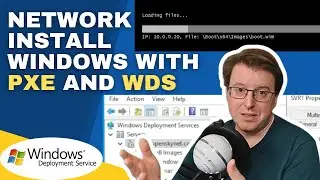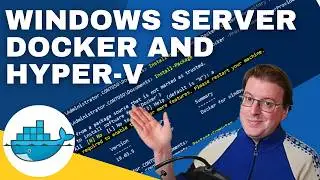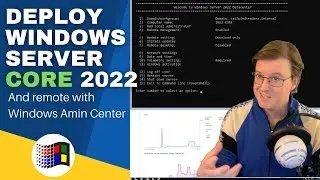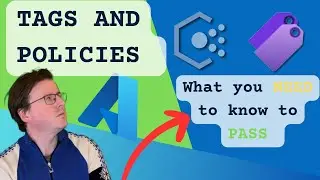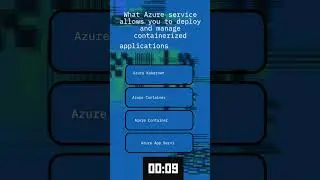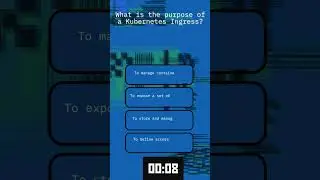Networking 101 | IP Addresses, Routers, MAC Addresses, OSI Model, Packets and More
In this video we are going to learn about how computer networks really work, we will discuss Cat cables, the OSI model, basic routing, how data is transferred between different computers by using MAC addresses and IP addresses. This is being delivered as a longer format, similar to that of a live class rather than a short edited video. If you enjoy this format more or less please let me know down in the comments. I hope you will find this content informative and you will join me in the future for more subjects.
--------------------------
IP Addresses:
An IP (Internet Protocol) address is a unique numerical identifier assigned to every device on a network. IP addresses are used to route data packets between devices. There are two types of IP addresses: IPv4 and IPv6. IPv4 addresses are composed of four sets of numbers separated by dots (e.g., 192.168.0.1), while IPv6 addresses are composed of eight sets of numbers and letters (e.g., 2001:0db8:85a3:0000:0000:8a2e:0370:7334).
MAC Addresses:
A MAC (Media Access Control) address is a unique identifier assigned to the network interface card (NIC) of a device. MAC addresses are used to identify a specific device on a network. MAC addresses are composed of six sets of hexadecimal numbers, separated by colons or dashes (e.g., 00-1B-44-11-3A-B7).
Data Packets:
Data packets are units of data that are transmitted over a network. Data packets contain the data being transmitted, as well as information about the sender and recipient, such as their IP and MAC addresses. Each data packet also contains a header, which provides information about the packet, such as its length and the type of data it contains.
When a device on a network wants to send data to another device, it creates a data packet containing the information to be transmitted, as well as the MAC and IP addresses of the sender and recipient. The packet is then transmitted to the recipient's MAC address, which is identified by sending an ARP (Address Resolution Protocol) request to determine the MAC address of the recipient's IP address. Once the recipient's MAC address is known, the data packet is sent directly to that device, and the recipient's device can then receive the data and process it accordingly.
----------------------------
Timecodes
00:00 Intro
01:00 Beginning
03:00 Cat Cables
11:00 NICs and MAC addresses
16:00 Counting in binary
22:30 IPv4 address types
32:00 how switches work
40:00 how routers work
50:30 the OSI model
56:40 the end


![Free Download: Crossbow - Rhythm [NUDE]](https://images.mixrolikus.cc/video/y_2UIj7NXiY)













